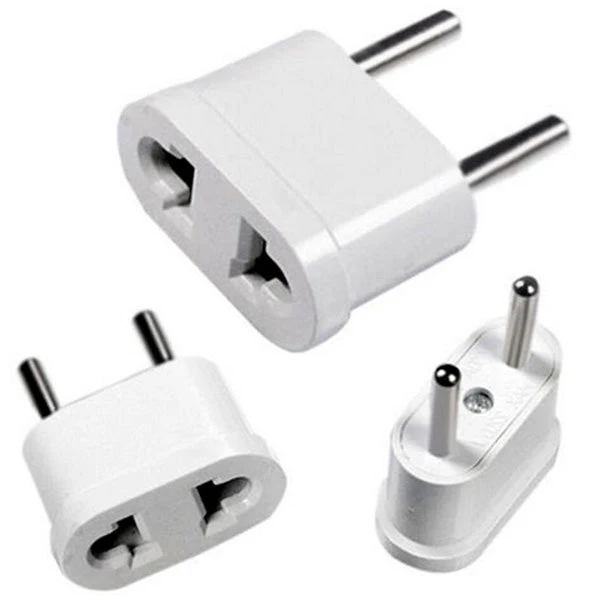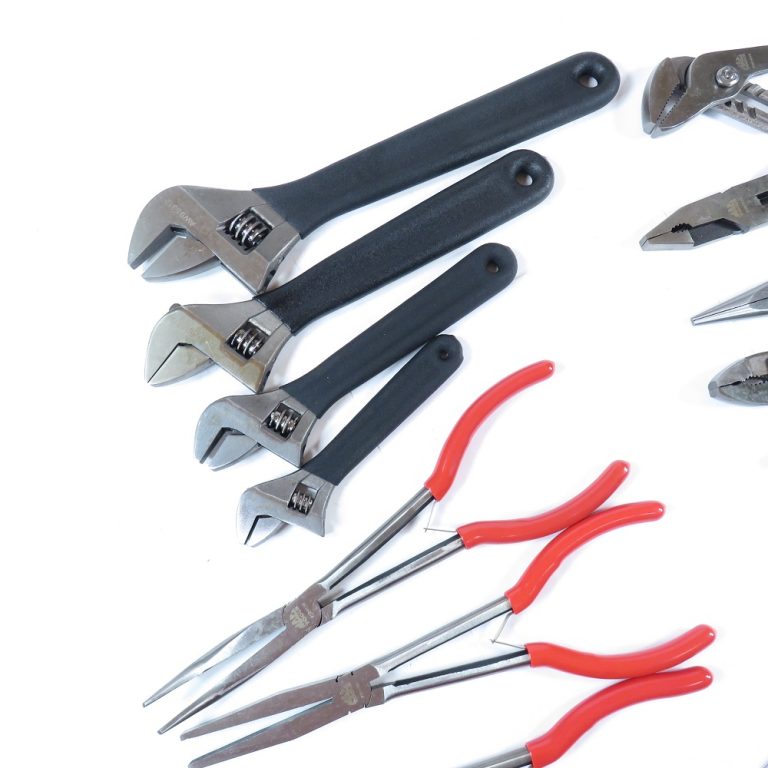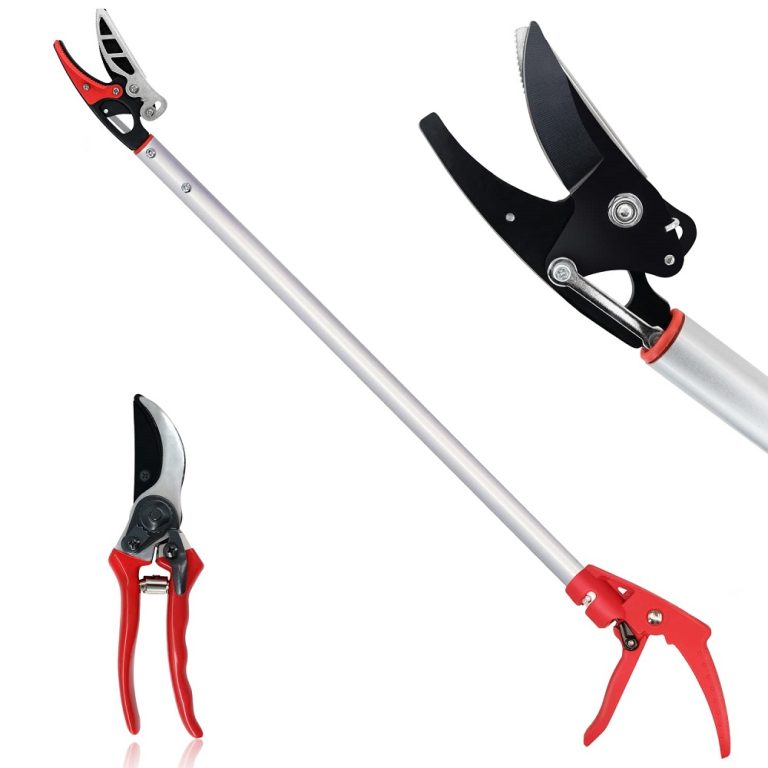Understanding the EU Plug: What It Means for Consumers and Manufacturers
The EU Plug has emerged as a significant topic in discussions about consumer electronics and sustainability. This initiative aims to reduce electronic waste and enhance user convenience. In a world increasingly dependent on various devices, standardization becomes vital. The EU Plug represents an effort to make charging devices more uniform across Europe. This blog explores the implications of the EU Plug for consumers, manufacturers, and the environment.
The Concept of the EU Plug
The EU Plug serves as a universal standard for charging devices within the European Union. The idea is to create a common charging solution that works for multiple devices such as smartphones, tablets, and laptops. Currently, users face the difficulty of managing different chargers for each device. This situation often leads to frustration and inconvenience. However, the introduction of the EU Plug aims to eliminate this hassle. Transitioning to a universal charging standard can simplify daily routines for consumers. Moreover, it can reduce clutter and confusion caused by numerous cords and chargers.
The adoption of the EU Plug (EUプラグ) has far-reaching implications. It encourages manufacturers to design products compatible with a single type of charger. Hence, the focus shifts towards innovation and efficiency. A standardized plug not only helps in making products user-friendly but also promotes sustainable practices. By reducing the number of chargers produced, waste generation declines. Consumers can now look forward to purchasing more environmentally-friendly products.
This initiative is not merely limited to convenience. It reflects a broader trend in the EU towards promoting sustainability and reducing electronic waste. The European Commission seeks to facilitate this through legislation aimed at regulating market practices. Consequently, businesses are prompted to think critically about their manufacturing processes. Prioritizing sustainability can lead to better brand loyalty among eco-conscious consumers. Ultimately, the EU Plug aligns with increasing awareness around environmental issues.
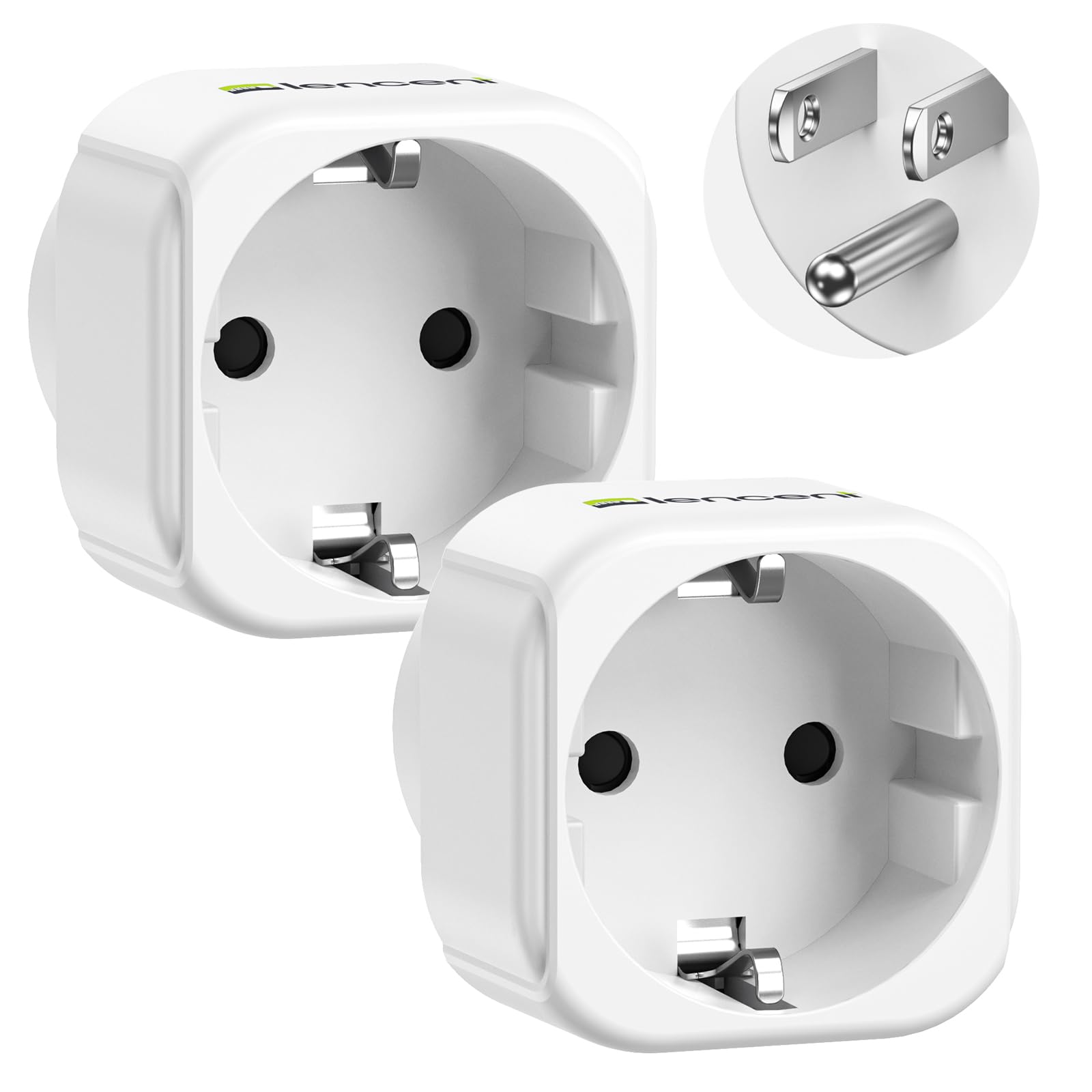
Benefits for Consumers
The introduction of the EU Plug has multiple benefits for consumers. First and foremost, it simplifies the charging process. Users no longer need to carry various chargers when travelling. One charger for all devices reduces the burden on consumers. This change not only eases the daily routine but also significantly decreases the chance of losing chargers.
Furthermore, having a common charging standard enhances compatibility among devices. Consumers can lend chargers to friends and family without worrying about compatibility issues. This fosters a sense of community and collaboration. The collective experience with technology becomes more pleasant. By standardizing the plug, the chances of purchasing the wrong charger diminish.
In addition, the EU Plug strengthens consumers’ rights. Increased competition among manufacturers can lead to lower prices. With a common standard, it becomes easier for consumers to compare products. This will likely drive prices down as companies strive to offer better value. Competition also encourages innovation. Manufacturers must develop new technologies to stand out, benefiting consumers further.
Another benefit involves the environmental impact. As electronic waste becomes a pressing concern, the EU Plug helps mitigate this issue. Users can keep chargers longer, reducing the need for frequent replacements. Sustainable consumption patterns start to take shape as consumers are mindful of their choices. This shift can lead to a significant decrease in waste generation over time.
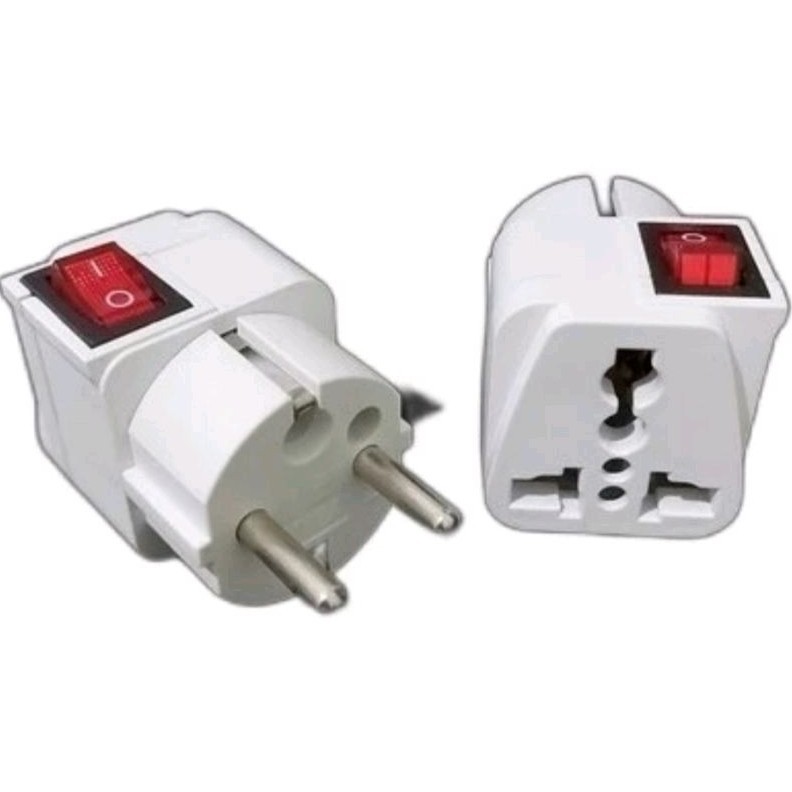
Environmental Considerations
Environmental awareness has become a global theme. As the world grapples with climate change and waste management, sustainable practices have never been more crucial. The EU Plug seeks to address these pressing concerns through standardization. By minimizing electronic waste, the EU aims to foster a more sustainable future.
The environmental advantages are clear. A single charger specification means fewer chargers are manufactured. Consequently, less raw material extraction and energy consumption occur. This results in a smaller carbon footprint associated with producing charging devices. Reducing dependence on multiple chargers directly contributes to lowering e-waste levels.
In addition, consumers are encouraged to recycle old electronics. With a focus on sustainability, manufacturers are likely to design products that are easier to recycle. This eco-friendly trend is likely to inspire other industries. The EU Plug is not just a charging standard; it represents a shift in mindset. Several initiatives are already in play to promote responsible consumption and recycling.
Moreover, the initiative aligns with global sustainability goals. Encouraging the efficient use of resources complies with international efforts to combat climate change. The EU Plug might serve as a model for other regions seeking to implement similar measures. A consistent approach to technology facilitates better resource management and waste reduction. Collaboration among international bodies becomes essential for global impact.
Manufacturer Adaptations
The EU Plug initiative necessitates changes across the manufacturing landscape. Companies must adjust their designs to comply with the new standard. In the short term, this may pose challenges, particularly for those with established practices. However, embracing the EU Plug also presents numerous opportunities for innovation and growth.
Manufacturers need to invest in research and development to create compatible products. This could lead to breakthroughs in charging technology. Advancements may include faster charging speeds, improved battery life, and safer charging solutions. Moreover, this pressure can motivate companies to explore alternative materials. Sustainable sourcing becomes a focus area as the demand for eco-friendly products rises.
Additionally, competition in the market is likely to increase. In adapting to the EU Plug, firms must rethink their business strategies. Innovation and customization can provide a competitive edge. Manufacturers who excel in these areas will likely capture greater market share.
The EU Plug may also encourage collaboration between companies. Partnerships focused on developing compatible technologies could arise. Such collaborations can shorten production time and reduce costs. This can create a win-win situation for both manufacturers and consumers. By working together, companies can share insights and innovations.
The EU Plug’s implementation may influence supply chains as well. Companies will need to liaise with suppliers to ensure they use standardized components. Streamlining procurement processes can enhance efficiency. Ultimately, adapting to the EU Plug becomes a key part of the sustainability journey.
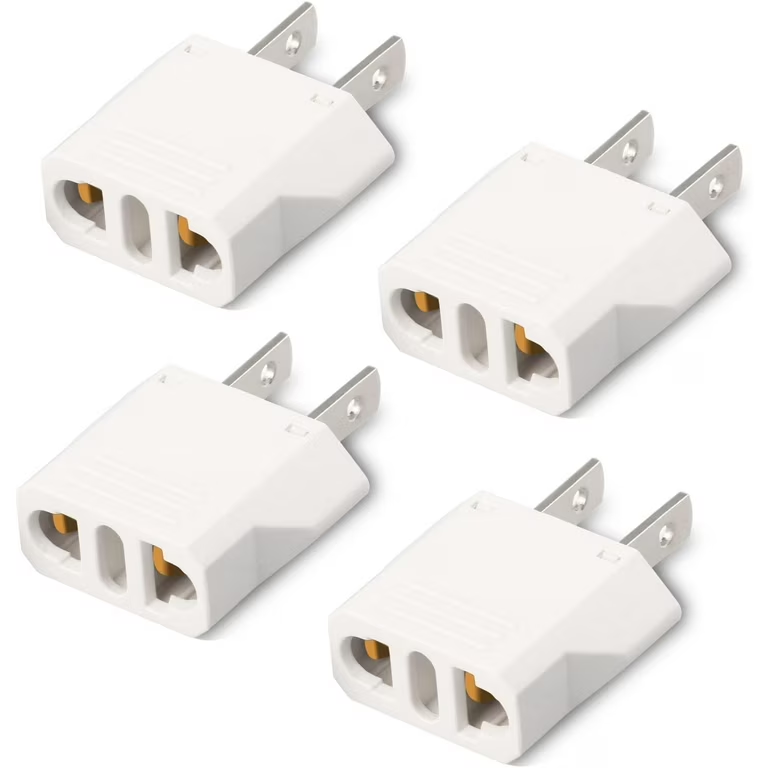
Challenges Ahead
While the EU Plug initiative brings promising advantages, it is not without challenges. Manufacturers face hurdles in transitioning their existing product lines to comply with the new standard. For many companies, particularly smaller ones, this shift may require significant investment. Developing new products that align with EU regulations can be resource-intensive.
In addition, challenges surrounding consumer adaptation exist. While many may welcome a standard charging solution, some are accustomed to using multiple chargers. Changing consumer behavior is a slow process. Companies must engage in educational campaigns to prepare users for the transition. Clear communication about the benefits of the EU Plug can help alleviate apprehension.
Furthermore, the timeline for implementing the EU Plug may lead to confusion. Different companies could take varying approaches to compliance, creating a fragmented market. This situation risks diminishing the advantages users expect to receive from a standardized system. Consistency across the industry becomes critical for the initiative’s success.
Regulatory enforcement presents another challenge. Governments must ensure that manufacturers meet the new standards. Establishing monitoring and enforcement mechanisms will be crucial in maintaining compliance. Failure to do so may result in a lack of accountability. Consequently, the benefits of the EU Plug could be compromised.
Lastly, the global market poses additional complexity. While the EU Plug aims to create a consistent standard within Europe, the challenge arises when considering products marketed internationally. Different regions may have varying regulations and standards. Harmonizing these complexities requires international cooperation and dialogue to ensure that the EU Plug does not create barriers outside the EU.
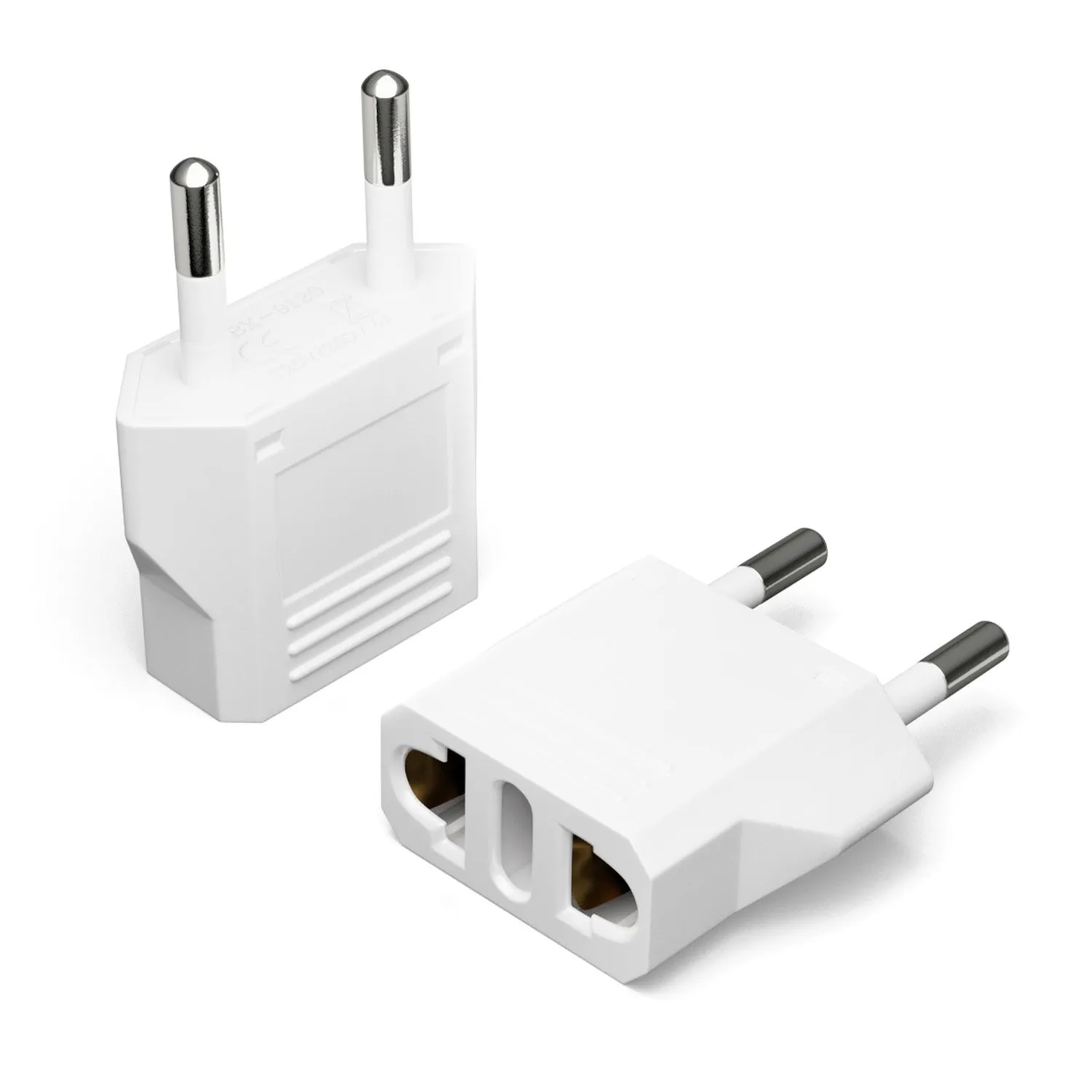
Future Implications
The long-term implications of the EU Plug extend beyond consumer conveniences. It signals a trend towards increased standardization in technology. As the world becomes more interconnected, the need for uniformity will likely grow. The EU Plug could pave the way for similar initiatives in other regions.
From a technological standpoint, the focus on a single standard encourages innovation. Companies may invest in developing superior charging solutions. The advancements could lead to more efficient technologies and an overall improvement in user experience. As manufacturers compete in this new landscape, breakthrough ideas come to light.
Moreover, the EU Plug will likely trigger discussions about harmonizing standards globally. Other countries and economies may adopt similar frameworks. This could create a more coherent global market for electronic devices. Businesses operating internationally will benefit from reduced complexities regarding charger compatibility.
The EU Plug could also contribute to the growth of a circular economy. Encouraging sustainability leads to innovations focused on recycling and resource efficiency. As manufacturers adjust their practices, a shift towards a more sustainable business model becomes evident. This change will resonate across industries, prompting a realignment of priorities.
Lastly, the EU Plug represents a commitment to addressing climate change. The initiative demonstrates how legislation can influence consumer behavior. Encouraging responsible consumption aligns economic factors with environmental concerns. Global efforts towards sustainability receive a boost through such initiatives, fostering a brighter future for the planet.

Conclusion: Embracing the EU Plug
The EU Plug is a pivotal development in consumer electronics. As a unified standard, it enhances convenience while promoting sustainability. The initiative reflects a growing commitment to reducing electronic waste. By addressing this pressing issue, the EU Plug illustrates the connection between technology and environmental responsibility.
Consumer benefits include simplified charging experiences and improved compatibility among devices. The shift fosters a collaborative spirit, allowing users to share resources easily. Lower prices and better value can arise from increased competition, benefiting consumers financially.
Manufacturers face significant opportunities and challenges alike. Adapting to the EU Plugs requires innovation and investment in R&D. Companies that embrace this change can differentiate themselves in the market. Collaboration and supply chain optimization will play crucial roles in ensuring compliance.
Despite potential hurdles, the future remains bright for the EU Plugs. Its implications extend beyond the EU, inspiring similar initiatives globally. The push for standardization may pave the way for a more sustainable technology landscape. Embracing the EU Plug can be the first step toward a greener, more connected world.
In summary, the EU Plugs revolutionizes the way consumers interact with devices. This initiative stands as a testament to the adaptability of both consumers and manufacturers. As the EU Plug gains momentum, its potential to reshape the industry cannot be overstated. Transitioning towards a more sustainable future forms the foundation for technological progress and environmental preservation.
